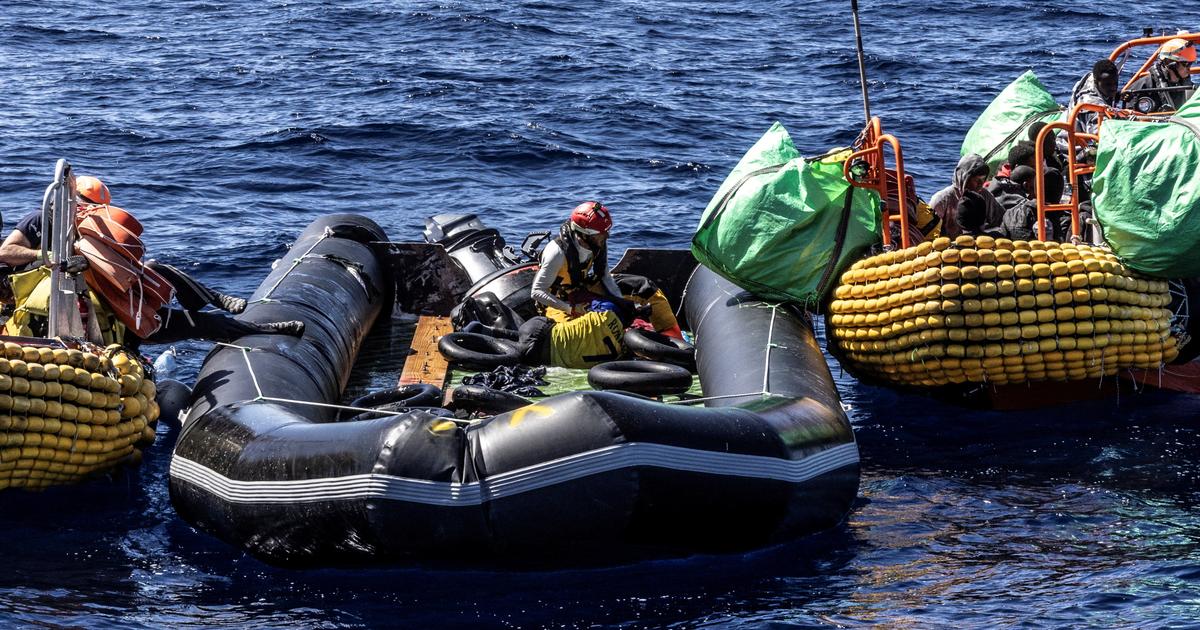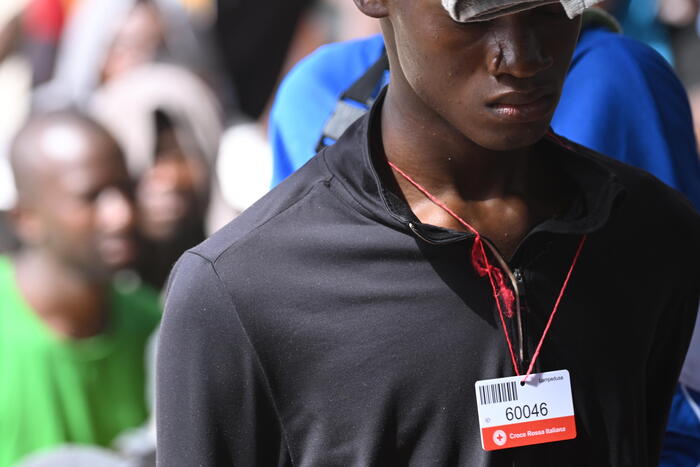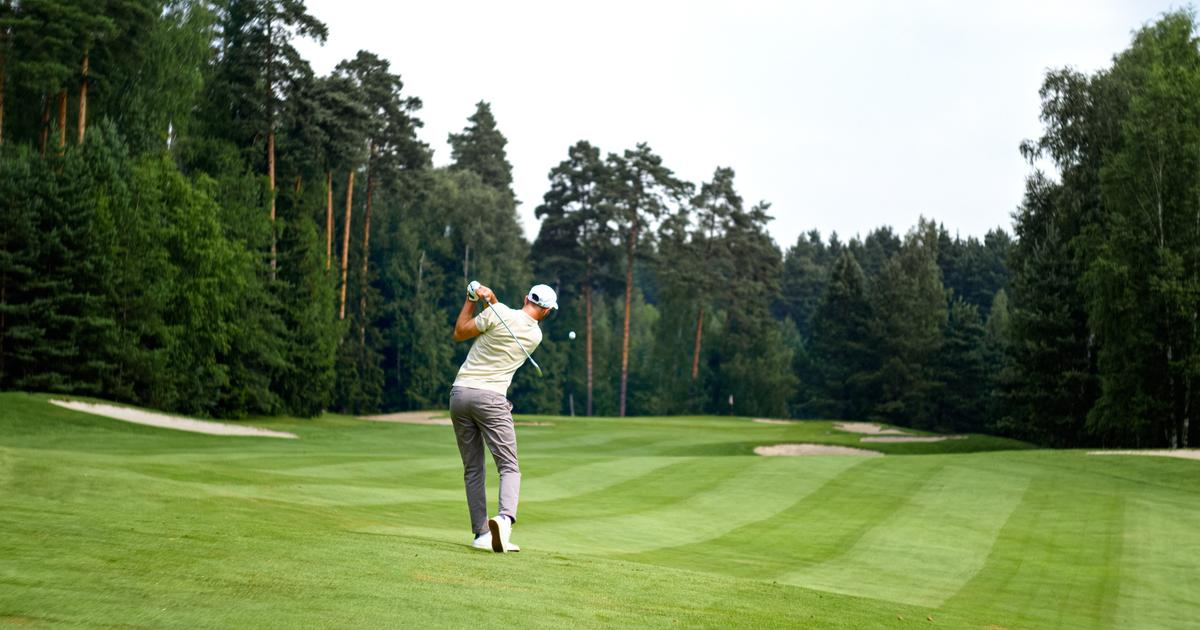Two Viking burial ships rose from the bowels of the earth in the summer of 1901, when an old dam on the local river burst in the Swedish town of Sala, near a centuries-old silver mine.
The first archaeologist to arrive at the site, Oscar Almgren, found himself in one of these barges, buried on a small river island around the year 950, with the remains of a woman lying on her back, with her head facing the sunset and three snaps on the chest.
DNA analysis of her bones and those of 300 other ancient individuals found throughout Scandinavia now offers a surprising result: more foreign genetic traces are found in Viking times than among modern-day Swedes with four grandparents from the same region.
The genetic variety vanished in a short period of time.
Now the big question is why.
The genes of that woman buried with honors in the heart of the Viking world reveal that she was probably the daughter of two parents from the British Isles.
And her teeth provide another key clue.
Each region of the world hides in its soil a characteristic profile of strontium atoms, a metal that passes into food and accumulates in human teeth.
The molars of the woman on the burial ship suggest that she was born and raised in what is now Sweden, according to a study led by Spanish geneticist Ricardo Rodríguez Varela of Stockholm University.
“There is a higher proportion of people with British Isles, Eastern Baltic Sea, and Southern European ancestry in Viking populations than in modern-day Scandinavian populations.
Why has there been a reduction in that non-local gene flow?
Rodríguez Varela's team has analyzed the genetic structure of the Scandinavians -Swedes, Danes and Norwegians- during the last two millennia, including the Viking period, between the years 750 and 1050. Their intriguing results appear this Thursday on the cover of the magazine specialized
cell
.
The geneticist raises three hypotheses, which are not mutually exclusive.
Perhaps, he explains, some of the 300 ancient individuals analyzed were slaves, monks, Christian missionaries, or simply travelers who were passing through and died there without leaving any offspring.
Another complementary option is that the burial rites of those migrants were different from those of the local populations.
In fact, cremation was dominant for much of the Viking Age, so DNA cannot be obtained from many graves.
The third possibility, more improbable, is that other later migrations, without these European components, diluted the variety observed in the Viking Age.
“It's like if the United States collapses, you go back in a thousand years to look at the population of New York and see that it is not so diverse anymore.
In the Viking Age, the region must have been a place with a lot of trade, with professionals of all kinds who were passing through and died there without leaving as many offspring as one might expect," reflects Rodríguez Varela, whose analysis also includes the genomes of almost 17,000 Scandinavians. current ones, each of them with four local grandparents, and human remains from well-known archaeological sites, such as the wreck of the Swedish warship
Kronan
, in 1676. Among the signatories to the study is the visionary Icelandic physician Kári Stefánsson, founder of deCODE, a company that has analyzed the DNA of hundreds of thousands of people in search of genetic variants associated with common diseases, such as cancer and Alzheimer's .
The Spanish geneticist Ricardo Rodríguez Varela, from the University of Stockholm.Personal collection
The biologist who learned to read ancient DNA, the Swede Svante Pääbo, has won the last Nobel Prize in Medicine.
One of his disciples, the American geneticist David Reich, has described this revolution —started just over a decade ago— with two illustrative comparisons.
“After the explosion of a grenade in a room, could it be known what exact position each object occupied before the detonation by reconstructing piece by piece the remains scattered throughout it and studying the shrapnel on the wall?
Could long-vanished languages be recovered by opening a cave in which the echoes of the words spoken there thousands of years ago still resounded?” Reich reflected in his book
Who are we from him and how did we get here?
(Antoni Bosch editor, 2019).
"Today, ancient DNA is allowing this kind of detailed reconstruction of the most hidden contacts between ancient human populations," he celebrated.
Another genetic study of some 400 skeletons already illuminated the Viking Age a couple of years ago.
The researchers put an end to the caricature of the films, that of a town of ruthless, ruby-faced warriors dedicated to piracy and pillage in the European seas.
Many Vikings, in fact, had brown or brown hair, according to that analysis, carried out by the laboratory of Danish biologist Eske Willerslev, from the University of Cambridge (United Kingdom).
Migrants from Asia and southern Europe influenced the DNA of Scandinavians before and during the Viking Age.
"There are many stereotypes," underlines Rodríguez Varela.
“Not all Scandinavians in the Viking period were Vikings.
Being a Viking was almost a profession for some groups, ”he details.
The usual thing in the region was to dedicate themselves to agriculture, livestock, fishing or trade, not to sail the seas with swords to look for slaves in other places, although it also happened.
Rodríguez Varela's team has found that women with ancestry from the eastern Baltic and, to a lesser extent, the British Isles have contributed more to the Scandinavian gene pool since the Viking Age than men from those regions.
“That may be because women were more numerous or because they were more likely to have offspring.
It's hard to guess.
The Vikings, especially those of present-day Sweden,
Rodríguez Varela, however, points to other possible explanations, beyond pure and simple slavery.
“They were powerful groups that, at that time, were expanding to the east.
There could have been many marriages with women around the present Baltic countries, in arrangements made with local chiefs.
Those women came to Sweden and that's why we see more genes with eastern Baltic ancestry.
In these cases, a simple answer can never be given”, says the geneticist.
You can follow
MATERIA
on
,
and
, or sign up here to receive
our weekly newsletter
.









